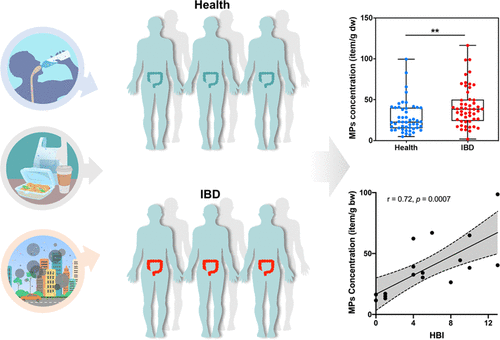Long Covid Research Could Lead to New Treatments for Chronic Pain
/By Pat Anson, PNN Editor
About a third of people infected with Covid-19 develop long-term symptoms, such as headaches, persistent muscle pain, joint pain, stomach pain, chest pain and respiratory discomfort. Three years into the pandemic, scientists are finally beginning to understand what causes long covid and how to possibly treat it.
In studies on hamsters infected with Covid-19, researchers at the Icahn School of Medicine found that the virus left behind a gene expression signature in the animals’ dorsal root ganglia – a cluster of nerves in the spinal cord that transmit pain signals from the body to the brain. The signature matched gene expression patterns seen in other forms of chronic pain.
“A significant number of people suffering from long COVID experience sensory abnormalities, including various forms of pain,” said Randal (Alex) Serafini, an MD/PhD candidate. “We used RNA sequencing to get a snapshot of the biochemical changes SARS-CoV-2 triggers in a pain-transmitting structure called dorsal root ganglia.”
Serafini presented his findings at the annual meeting of the American Society for Pharmacology and Experimental Therapeutics in Philadelphia.
The symptoms experienced by hamsters infected with Covid-19 closely mirrored those of people. Researchers say the hamsters showed a slight hypersensitivity to touch early after the infection, which became more severe over time.
They performed similar experiments with the Influenza A virus to determine if other RNA viruses promote a similar response. Influenza A caused an early hypersensitivity that was more severe, but began to fade after a few days. Four weeks after recovering from the flu, the hamsters had no signs of long-term hypersensitivity.
In contrast, hamsters infected with SARS-CoV-2-showed more hypersensitivity, reflecting symptoms of chronic pain. The pain sensitivity remained even after the hamsters recovered from the initial Covid-19 infection. Further research found that SARS-CoV-2 downregulates the activity of several previously identified pain regulators and a protein called interleukin enhancer binding factor 3 (ILF3) — a potent cancer regulator.
Based on these findings, the researchers hypothesized that mimicking the acute effects of ILF3 could serve as a new pain treatment strategy. To test this theory, they gave laboratory mice suffering from inflammation a clinically tested anti-cancer drug that inhibits ILF3 activity. The drug was very effective at treating their pain.
“Our findings could potentially lead to new therapies for patients suffering from acute and long COVID, as well as other pain conditions,” said Serafini. “We think therapeutic candidates derived from our gene expression data, such as ILF3 inhibitors, could potentially target pain mechanisms that are specific to COVID patients, both acutely and chronically.
“Interestingly, we saw a few cancer-associated proteins come up as predicted pain targets, which is exciting because many drugs have already been developed to act against some of these proteins and have been clinically tested. If we can repurpose these drugs, it could drastically cut down therapeutic development timeline.”
Serafini and his colleagues are now working to identify other compounds that could be repurposed to treat pain, while also keeping an eye out for new compounds that might inhibit ILF3 activity.
“Our study also shows that SARS-CoV-2 causes long-term effects on the body in drastically new ways, further underscoring why people should try to avoid being infected,” he said.
Another study has suggested that long covid appears to be the result of an overactive immune system. Australian researchers identified biomarkers of a sustained inflammatory response in the blood samples of long covid patients – suggesting their immune systems were activated by the virus, but then failed to turn off.
Other studies have found similarities between long covid and autoimmune conditions such as lupus and myalgic encephalomyelitis, also known as chronic fatigue syndrome (ME/CFS).
In addition to widespread body pain, long covid symptoms include fatigue, cognitive impairment and difficulty sleeping.













